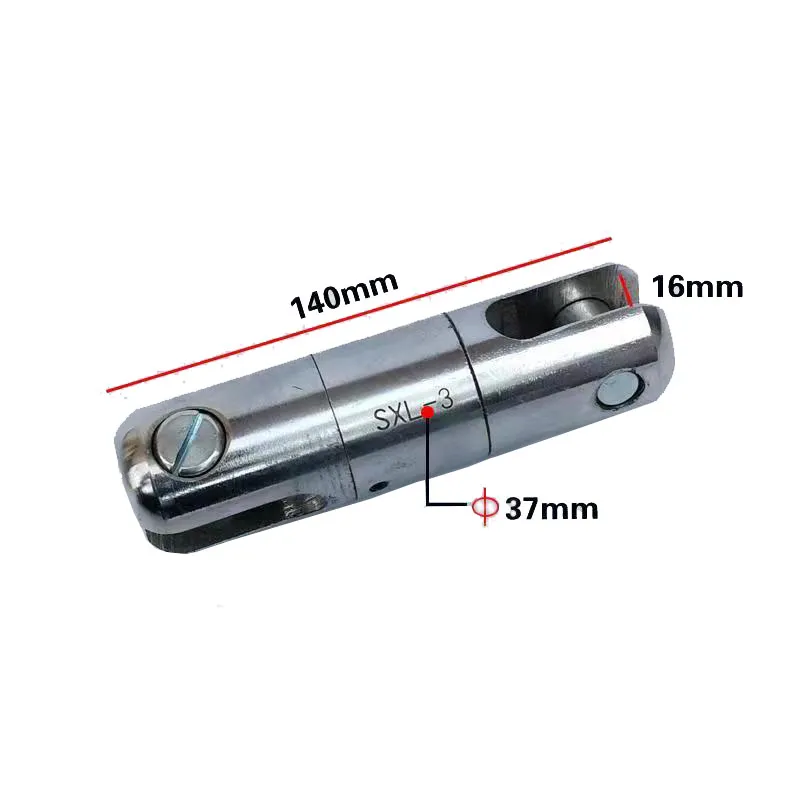
-
 Afrikaans
Afrikaans -
 Albanian
Albanian -
 Amharic
Amharic -
 Arabic
Arabic -
 Armenian
Armenian -
 Azerbaijani
Azerbaijani -
 Basque
Basque -
 Belarusian
Belarusian -
 Bengali
Bengali -
 Bosnian
Bosnian -
 Bulgarian
Bulgarian -
 Catalan
Catalan -
 Cebuano
Cebuano -
 Corsican
Corsican -
 Croatian
Croatian -
 Czech
Czech -
 Danish
Danish -
 Dutch
Dutch -
 English
English -
 Esperanto
Esperanto -
 Estonian
Estonian -
 Finnish
Finnish -
 French
French -
 Frisian
Frisian -
 Galician
Galician -
 Georgian
Georgian -
 German
German -
 Greek
Greek -
 Gujarati
Gujarati -
 Haitian Creole
Haitian Creole -
 hausa
hausa -
 hawaiian
hawaiian -
 Hebrew
Hebrew -
 Hindi
Hindi -
 Miao
Miao -
 Hungarian
Hungarian -
 Icelandic
Icelandic -
 igbo
igbo -
 Indonesian
Indonesian -
 irish
irish -
 Italian
Italian -
 Japanese
Japanese -
 Javanese
Javanese -
 Kannada
Kannada -
 kazakh
kazakh -
 Khmer
Khmer -
 Rwandese
Rwandese -
 Korean
Korean -
 Kurdish
Kurdish -
 Kyrgyz
Kyrgyz -
 Lao
Lao -
 Latin
Latin -
 Latvian
Latvian -
 Lithuanian
Lithuanian -
 Luxembourgish
Luxembourgish -
 Macedonian
Macedonian -
 Malgashi
Malgashi -
 Malay
Malay -
 Malayalam
Malayalam -
 Maltese
Maltese -
 Maori
Maori -
 Marathi
Marathi -
 Mongolian
Mongolian -
 Myanmar
Myanmar -
 Nepali
Nepali -
 Norwegian
Norwegian -
 Norwegian
Norwegian -
 Occitan
Occitan -
 Pashto
Pashto -
 Persian
Persian -
 Polish
Polish -
 Portuguese
Portuguese -
 Punjabi
Punjabi -
 Romanian
Romanian -
 Russian
Russian -
 Samoan
Samoan -
 Scottish Gaelic
Scottish Gaelic -
 Serbian
Serbian -
 Sesotho
Sesotho -
 Shona
Shona -
 Sindhi
Sindhi -
 Sinhala
Sinhala -
 Slovak
Slovak -
 Slovenian
Slovenian -
 Somali
Somali -
 Spanish
Spanish -
 Sundanese
Sundanese -
 Swahili
Swahili -
 Swedish
Swedish -
 Tagalog
Tagalog -
 Tajik
Tajik -
 Tamil
Tamil -
 Tatar
Tatar -
 Telugu
Telugu -
 Thai
Thai -
 Turkish
Turkish -
 Turkmen
Turkmen -
 Ukrainian
Ukrainian -
 Urdu
Urdu -
 Uighur
Uighur -
 Uzbek
Uzbek -
 Vietnamese
Vietnamese -
 Welsh
Welsh -
 Bantu
Bantu -
 Yiddish
Yiddish -
 Yoruba
Yoruba -
 Zulu
Zulu


Dec . 21, 2024 22:40 Back to list
3 point winch
Understanding the 3% Point Winch A Comprehensive Overview
In the realm of industrial lifting and hauling applications, the 3% point winch plays an essential role in enhancing efficiency and safety. This specialized equipment, often utilized in various sectors including construction, maritime, and manufacturing, requires a thorough understanding to maximize its benefits. In this article, we will explore what a 3% point winch is, its applications, advantages, and some best practices for its use.
What is a 3% Point Winch?
A 3% point winch is classified into a category of winches that are designed to operate within a specific range of efficiencies and functionalities. The term 3% point typically refers to the margin of performance or operational capacity that ensures the winch operates smoothly under certain conditions. This winch is engineered to provide precise control and reliability, particularly at lower loads, making it versatile for many lifting tasks.
Applications of the 3% Point Winch
The 3% point winch can be found in a wide variety of applications. In construction, it is often employed for lifting heavy materials to elevated work sites, facilitating the efficient movement of goods. In maritime operations, winches are crucial for handling cargo on and off ships, anchoring, and even assisting in rescue operations.
Additionally, manufacturing industries rely on these winches for assembly line processes, enabling heavy machinery and parts to be moved with ease. Their effectiveness is also recognized in theater production and rigging, where quick adjustments are essential for stage settings.
Advantages of the 3% Point Winch
1. Precision Control One of the standout features of the 3% point winch is its ability to provide precise control over load movements. This precision is vital when lifting fragile materials or when making adjustments in tight spaces.
2. Enhanced Safety Safety is paramount in any lifting operation. The 3% point winch minimizes the risk of overloading situations and offers built-in safety mechanisms that prevent accidents. An effective winch system can significantly reduce workplace injuries.
3 point winch

3. Durability Constructed with robust materials, these winches are designed to withstand harsh environmental conditions, making them reliable for outdoor and heavy-duty applications.
4. Efficiency The operational efficiency of the 3% point winch may lead to reduced downtime. Its design allows quick setup and adjustment, streamlining lifting operations and enhancing productivity.
Best Practices for Utilizing the 3% Point Winch
To fully benefit from the capabilities of a 3% point winch, it is crucial to adhere to certain best practices
1. Regular Maintenance Ensure that the winch is routinely inspected and maintained. This includes checking for wear and tear and ensuring that all components function properly, which helps in preventing malfunctions.
2. Proper Training Operators should be trained in the correct usage of the winch, including understanding load limits and safety protocols. This training can prevent accidents and ensure efficient operations.
3. Load Management Always adhere to the specified load limits of the winch. Overloading can lead to equipment failure and pose safety risks.
4. Environmental Awareness Be mindful of the operational environment. Factors like wind, weather conditions, and surface stability can affect winch performance and safety.
Conclusion
The 3% point winch is an invaluable tool in various lifting and hauling applications, combining precision, safety, and efficiency. By understanding its functionalities and adhering to best practices, users can harness the full potential of this equipment, ensuring smoother operations and enhanced workplace safety. Whether in construction, maritime, or manufacturing, the 3% point winch stands as a testament to the advancements in lifting technologies, paving the way for safer and more efficient workflows.
Latest news
What Are Construction Tools and How Are They Used?
NewsJul.11,2025
Professional-Grade Duct Rodding Tools for Superior Cable Installation
NewsJul.11,2025
Enhancing Safety and Efficiency with Modern Hot Stick Solutions
NewsJul.11,2025
Empowering Cable Installation with Advanced Rodder Solutions
NewsJul.11,2025
Elevate Your Cable Installation Projects with Cable Pulling Tools
NewsJul.11,2025
Efficient Cable Handling Solutions: Cable Rollers for Sale
NewsJul.11,2025











